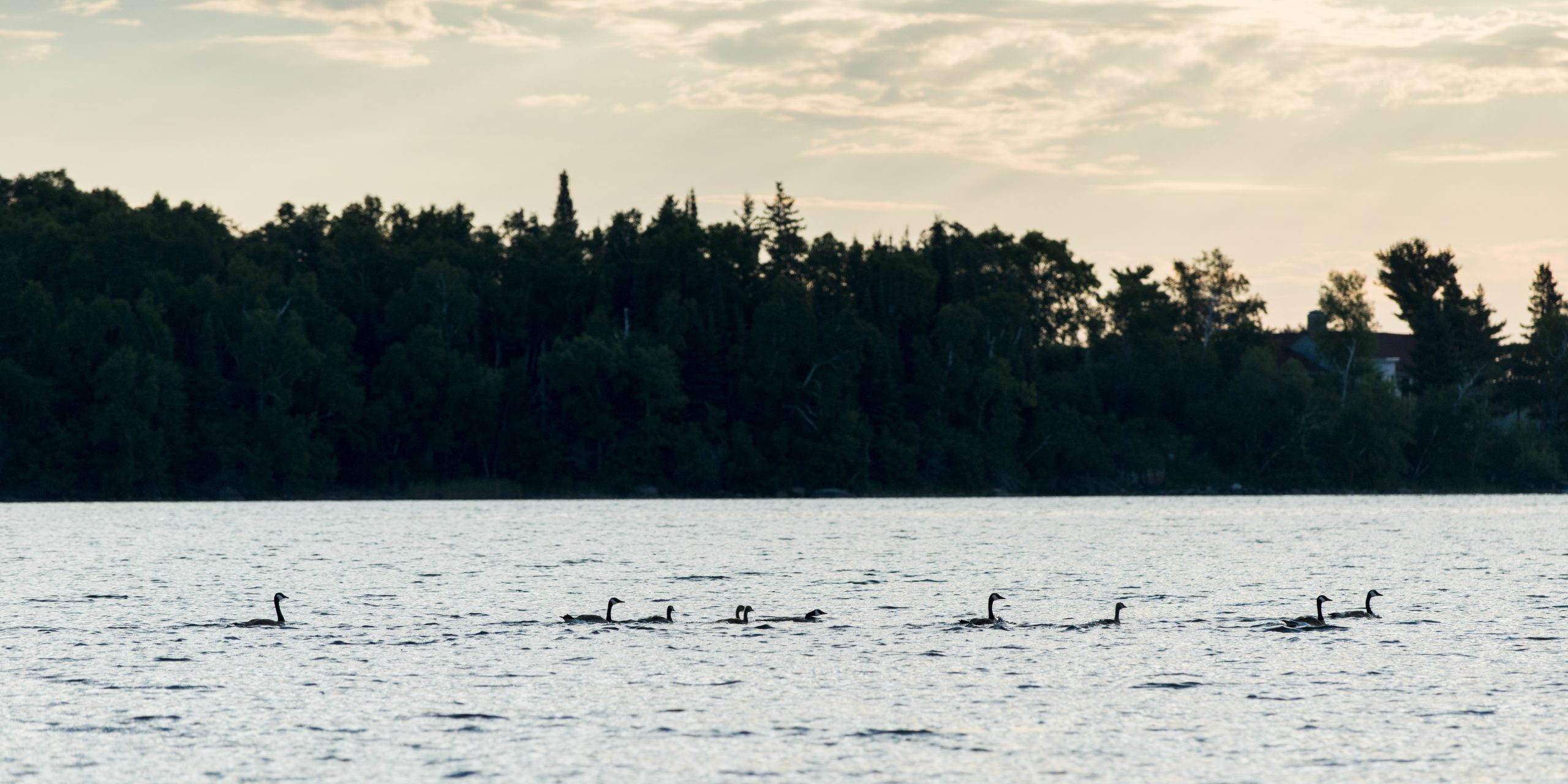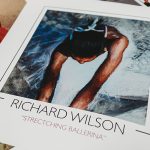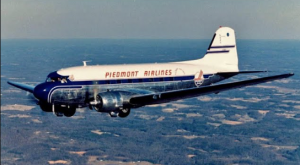
Canada Goose
How the northern waterfowl became a permanent resident of North Carolina
By Susan Campbell
The Canada goose: For some the image is a magnificent and noble bird of the North. For others it is a noisy, messy nuisance that just won’t go away. In recent years it seems people either love or hate Canadas. (And about that adjective: Although the “Canada” goose is not about to undergo a name change, I can assure you that the vast majority of the birds you see are actually made in America.) When I was a lot younger, flocks of these majestic birds signified the changing of the seasons. I would hear the distant unmistakable honking and search the sky for skeins of birds moving on their annual journey. But times have changed. I challenge you to find a municipality along the Eastern Seaboard where the birds cannot be found twelve months of the year.
Regardless of their origin, Canada geese are definitely legal aliens and are the second largest of the waterfowl found in North Carolina, with tundra swans a good 30 percent larger and up to half again as heavy. Tundras are only here from late October into early March and are not seen in the Piedmont. However, it’s well worth the journey to see them blanketing the large lakes and sounds of the coastal plain. Canada geese, although only found here and there in our mountains, are now permanent residents in the rest of the state year round. And their large, nonmigratory population continues to grow even in urban areas.
Canada geese are almost unmistakable, with their light brown back and chest, white bellies, black legs and a distinctive white chin strap that contrasts with their black bill, head and neck. Other geese such as greater white-fronted or the domesticated greylag will be tan all over and sport pinkish orange bills, legs and feet.
Don’t, however, be tempted to take the ever-present flocks of Canada Geese for granted. It’s not unusual for a migrating wanderer — a passing greater white-front ed goose or a snow goose — to be attracted to the feeding or loafing flock. Or on occasion, the smallest subspecies of Canada, the cackling goose (about as big as a mallard), will join the group. Historically Canada geese overwintered in Eastern North Carolina’s extensive areas of large, open water. Lake Mattamuskeet tended to be the area with the largest concentrations. The shallow freshwater lake with abundant submerged aquatic vegetation as well as acres of adjacent agricultural land, often planted in corn, provided optimal habitat. In fact, the original National Wildlife Refuge logo there once included the Canada goose.
Another inland became a seasonal goose magnet, as well: Gaddy’s Goose Pond (in Anson County). Lockhart Gaddy, a big-time goose hunter, was lucky enough to attract a few passing birds to a large pond on his property during the mid-1930s. Then he began managing intensively for wintering waterfowl and succeeded in hosting as many as 10,000 Canadas by the 1950s.
As the interest in goose hunting grew in the 1960s and ’70s in the Eastern United States, others to the north followed Gaddy’s lead: especially around the Chesapeake Bay. With plentiful food and good habitat at hand, not surprisingly, more and more Canada geese abandoned the long flight home to Canada and began spending the summer — and winter — farther South, thousands in North Carolina. Wild flocks do show up still, but their numbers are dwarfed by the omnipresent native population. Also, many of the nonmigratory geese we see are the offspring of hand-reared birds that were released decades ago so they could be hunted. However, they had no parents to show them the way either north or south from here thus; they never leave. So what if the length of days and nights confuses them? They’re not about to leave environs of the golf courses, riverbanks and reservoirs where they were hatched.
As the first southerly breezes of spring begin to blow, large flocks of migrant Canada geese will begin to head north. Their loud honking will give them away as they pass high overhead on their way back to nesting grounds in the boreal forests, north of the border and beyond. But not to worry, their relatives are here to stay.
Susan would love to receive your wildlife sightings and photos. She can be contacted by email at susan@ncaves.com.





